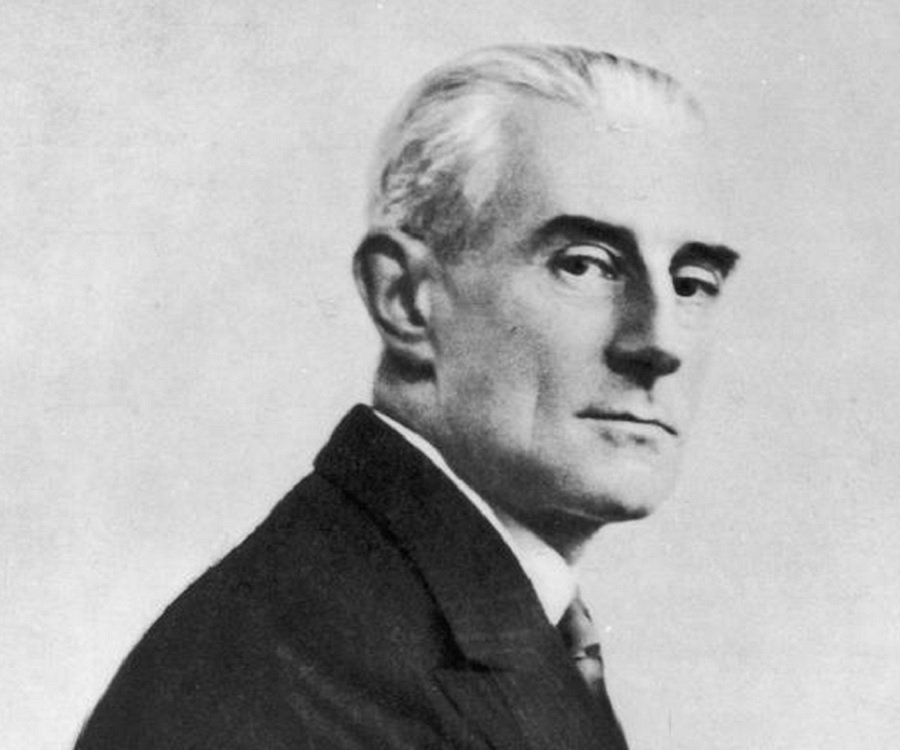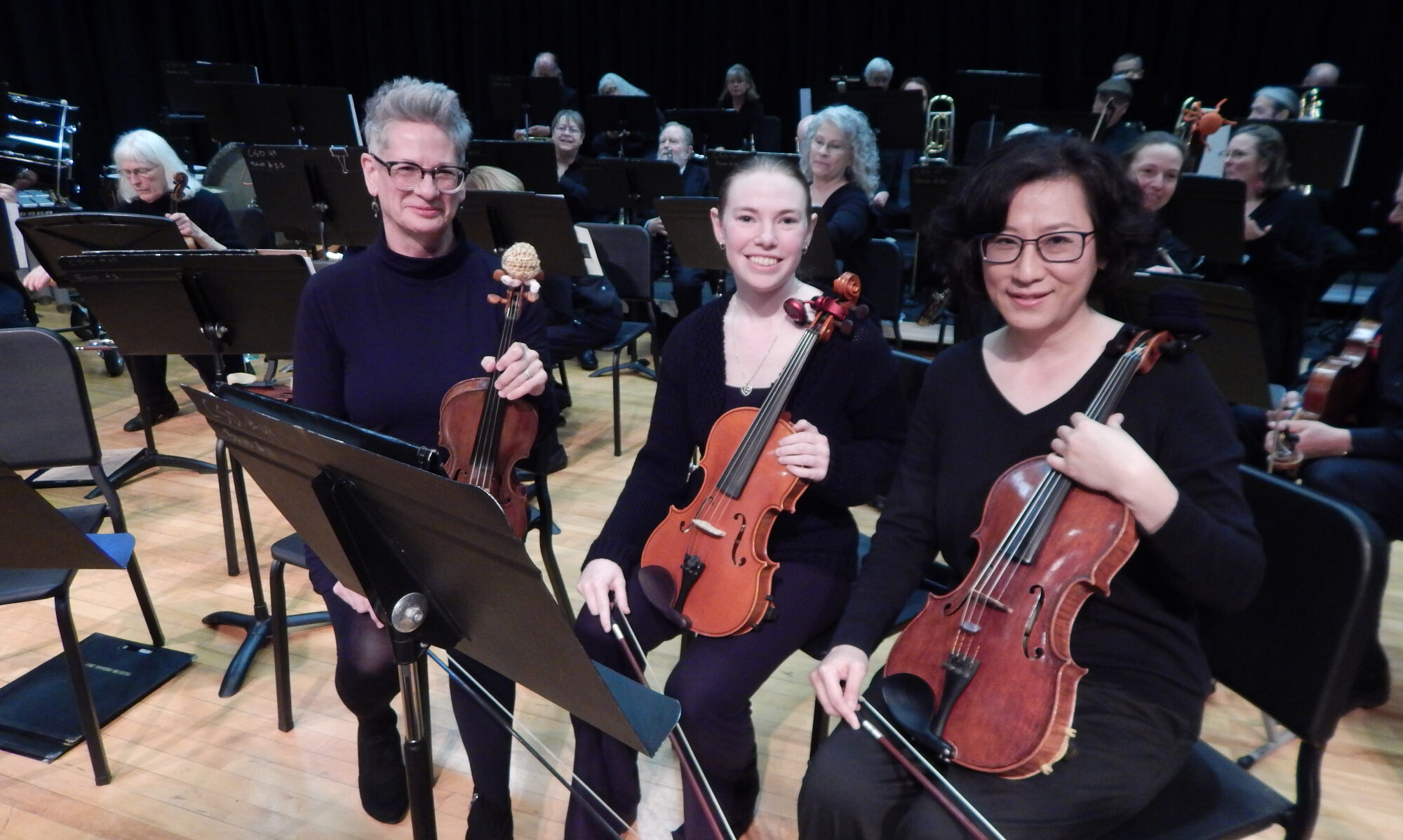(Pavane for a Dead Princess)

Maurice Ravel was born in 1875 in Ciboure, France, a small Basque town near the Spanish border. He and his parents moved to Paris when he was very young. By the age of seven, he was taking piano lessons and studying harmony and composition. In 1889, at age fourteen, he passed the entrance exam into the Conservatoire de Paris by playing music by Chopin.
Ravel won the first prize in the Conservatoire’s piano competition in 1891, but otherwise did not stand out as a piano student. His ambition was to become a composer, but his early works were not well received by the faculty and he was expelled from the Conservatoire in 1895. In 1897 he was re-admitted and began to study with Gabriel Fauré who considered Ravel’s work “very imaginative.”
It was during this time, in 1899, that Ravel composed his first widely known piece: “Pavane pour une Infante Defunte.” The pavane was originally written for piano and it was played everywhere “by young ladies who did not play the piano very well.”
Eleven years later, Ravel orchestrated the piece into the form we hear today, a version featuring the tonal intricacies of a symphony.
Regarding the title of the piece, Ravel claimed that he had “great pleasure at the alliteration” of the words together… pavane pour une infante defunte. He also said that the French word “infante” comes from the Spanish “infants,” which refers to a princess of the royal house of Spain.
